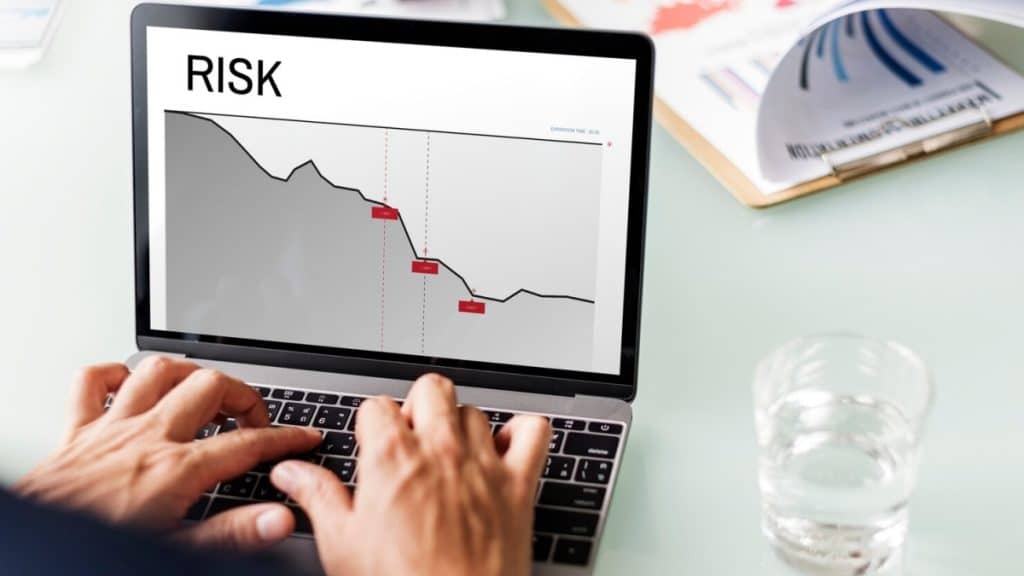Mutual fund investment apps have improved the process of investing. An online mutual fund investing platform offers powerful investment tools that ease the process of investing. Through these apps, tracking and managing investments has become easy, which brings professional-grade analysis to everyday investors. This article will assist with some of the effective ways through which one can measure risk related to mutual fund investing and manage it effectively.
Understanding Investment Risk
Making successful investment choices requires understanding the basic risk factors. This means investing in mutual funds needs a proper understanding of potential downsides to protect investments from inappropriate decisions and potential losses. One can choose from various available investment options that offer risk-adjusted returns. For instance, funds like the Nifty 500 index fund often serve as a benchmark for measuring investment risk. Additionally, using available tools and measurements, one can match your investments to your comfort level with risk.
Measuring Risk in Practice
Professional investors use several key measurements to understand risk levels. The following is a breakdown of several ways to measure risk effectively.
Understanding Beta Measurement
Beta stands as a major indicator of market sensitivity in different economic activities. It calculates the change in fund valuation by comparing price movements against market trends during bullish and bearish periods. Most conservative investors would prefer a beta value of less than 1 to minimise volatility exposure. The beta calculation includes historical price data and statistical regression analysis which is used to analyse the relationship between a dependent variable and one or more independent variables. Moreover, beta values keep on changing during a period. Therefore, regular monitoring and assessment are required to optimise the management of risk factors.
Alpha Analysis Techniques
Fund manager effectiveness becomes clear through detailed alpha measurements across market cycles. This metric reveals excess returns beyond market performance while accounting for the risk taken. Positive alpha values indicate successful active management strategies and stock selection skills. Risk-adjusted alpha provides deeper insights into manager skill versus luck. Furthermore, persistent alpha generation suggests robust investment processes and repeatable success. This way, the alpha analysis helps investors identify consistently performing fund managers with proven track records.
Understanding Price Swings
Looking at how much fund prices typically move up and down helps you prepare for handling uncertain price changes. Some funds have irregular price swings, while others stay more stable. These changes can have a significant effect on the performance of your investments and the overall gains from your mutual fund portfolio. Hence, anlaysing these price swings is vital. One can use a reliable mutual fund invest app to monitor and understand price swings effectively.
Standard Deviation Implementation
Return volatility becomes quantifiable through standard deviation calculations across different periods. This measurement helps investors understand the general performance ranges and potential deviations. Higher values indicate greater volatility, while lower values suggest more stable returns. Standard deviation analysis provides insights into historical price movements and potential future fluctuations. Professional investors use standard deviation to compare risk levels across different funds. Regular monitoring of standard deviation helps track changes in fund volatility over time.
Risk-Adjusted Performance
Multiple metrics working together provide complete risk assessment for informed decision-making. Regular monitoring ensures proper alignment with investment goals and risk tolerance. Furthermore, the risk-adjusted performance metrics combine capital gains data with volatility measurements. Professional investors use these metrics to compare funds with different risk profiles. These advanced analytics help identify optimal risk-return combinations.
Portfolio Risk Optimisation
Strategic fund selection relies on understanding risk metrics and their implications. Choosing mutual funds becomes clearer when you understand risk measurements. Different funds carry different types of risk. You can manage overall portfolio risk by spreading your investments across various funds. This approach helps protect your investments while still aiming for reasonable gains.
It is essential to understand all these risk factors. However, understanding risk only helps if you use that knowledge when investing. Today’s investment platforms make this easier with built-in tools for checking risk levels. You can spot potential problems early and make adjustments.
Conclusion
Understanding risk helps you make sound investment decisions that match your goals. Furthermore, regular monitoring through reliable platforms ensures portfolio alignment through market cycles. Modern platforms like Axis Mutual Funds make the process of risk management easier with user-friendly tools and accurate information. Through their app, you can track risk levels and adjust your investments as needed. Moreover, the platform offers various fund options. This access to useful information and tools helps you build an investment portfolio that fits your needs.
